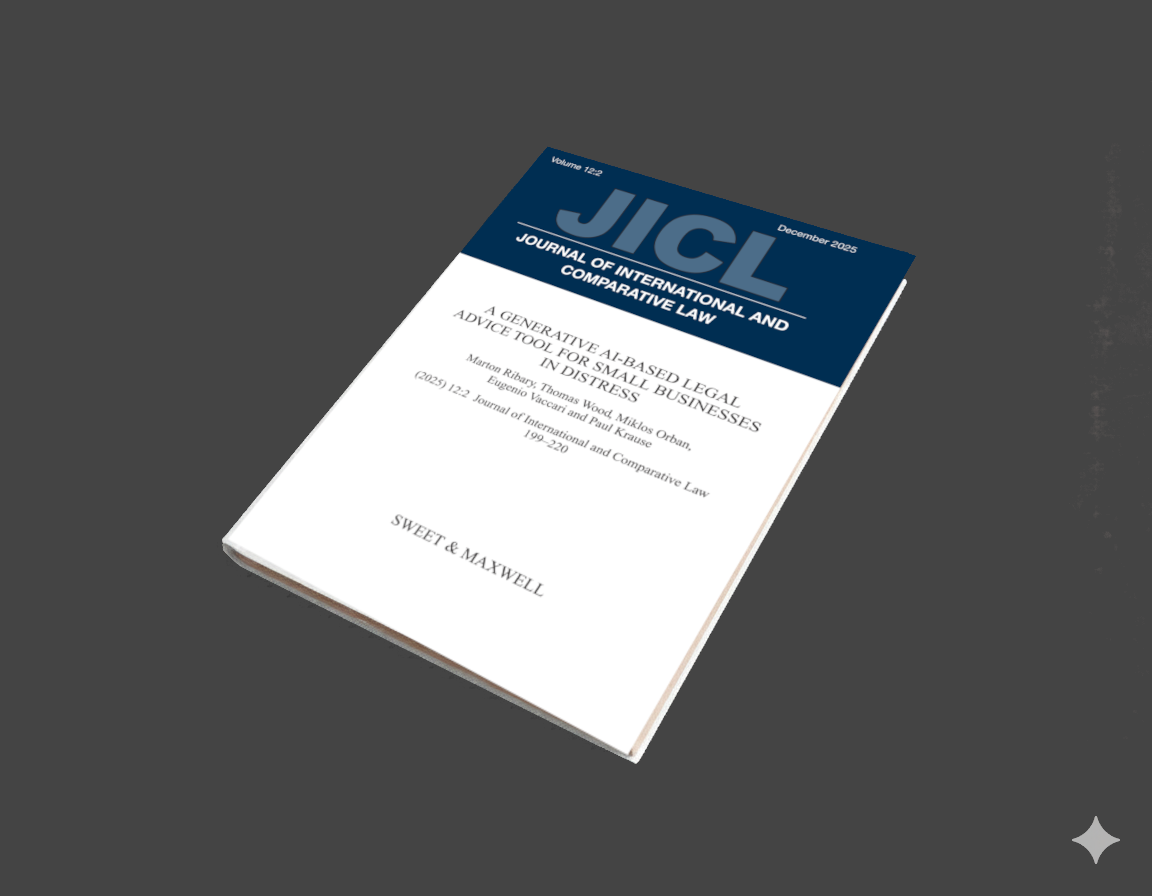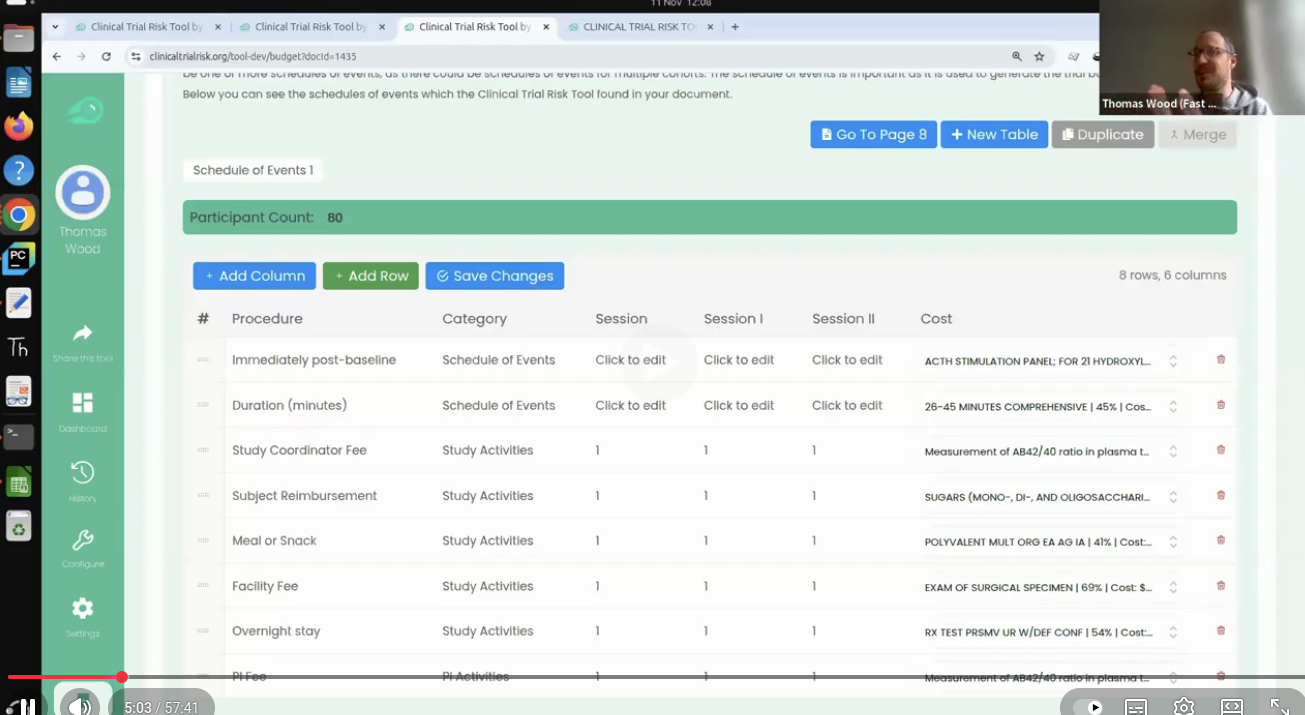Do you need to compare questionnaire data across studies? Are the items inconsistent, or are there different versions of the same questionnaire floating around? Do you have questionnaires written in different languages that you would like to compare?
Harmony is a data harmonisation project that using Natural Language Processing to to help researchers to make better use of existing data from different studies by supporting them with the harmonisation of various measures and items used in different studies. Harmony is a collaboration project between Ulster University, the Centre for Longitudinal Studies at UCL and Universidade Federal de Santa Maria in Brazil, and Fast Data Science Ltd.
Harmonise questionnaire items
Harmony is a data harmonisation project that uses Natural Language Processing (NLP) to help researchers make better use of existing data from different studies. It can be used to compare questionnaire data across studies, even if the questionnaires are written in different languages.
Harmony first extracts the questions from each questionnaire. It then uses NLP techniques to compare the questions and identify their semantic similarity. This allows Harmony to match questions from different questionnaires, even if they are not worded identically.
To use Harmony, you first need to upload the questionnaires you want to compare to the Harmony website. You can upload PDF or Excel files. Harmony will then automatically extract the questions from the files and start matching them.
You can then review the matches that Harmony has made. If you disagree with a match, you can easily remove it. You can also adjust the sensitivity of the matching algorithm to make it more or less strict.
Once you are satisfied with the matches, you can export the harmonised data to Excel.
Harmony can help you to:
To learn more about Harmony, visit the Harmony website: https://harmonydata.ac.uk
You can also watch video tutorials on how to use Harmony: https://harmonydata.ac.uk/videos/
Fast Data Science is a company that develops data science tools and solutions for researchers. We developed the AI backend behind Harmony and we are committed to making data science more accessible and user-friendly.
To learn more about Fast Data Science, visit our website: https://fastdatascience.com
Ready to take the next step in your NLP journey? Connect with top employers seeking talent in natural language processing. Discover your dream job!
Find Your Dream Job
How can you predict customer churn using machine learning and AI? In an earlier blog post, I introduced the concept of customer churn. Here, I’d like to dive into customer churn prediction in more detail and show how we can easily and simply use AI to predict customer churn.

A generative AI-based legal advice tool for small businesses in distress We are pleased to announce the publication of our paper A generative AI-based legal advice tool for small businesses in distress, in collaboration with an interdisciplinary team based in the UK and Hungary.

Thomas Wood presents the Clinical Trial Risk Tool before the November meeting of the Clinical AI Interest Group at Alan Turing Institute The Clinical AI Interest group is a community of health professionals from a broad range of backgrounds with an interest in Clinical AI, organised by the Alan Turing Institute.
What we can do for you